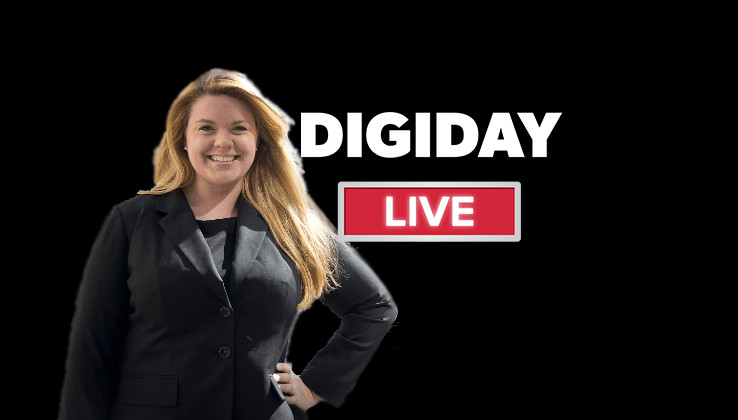
Subscribe: iTunes | Stitcher | RSS | Anchor
Calculating the lifetime value of the customers brands acquire and the money they spend on acquiring them is a difficult math problem, no matter how you look at it. But Eloquii vp of marketing Kelly Goldston says it’s a metric she advocated for because basing marketing spend decisions on “ROI is very 2008.”
“Lifetime Value and Customer Acquisition Cost ratio is the golden metric of marketing analytics,” said Goldston. “When you look at the ratio of the two things, you’re [asking] ‘relative to how much I spend to acquire someone, what’s the amount of profit over their lifetime that I expect to gain from them?’ Looking at this as a ratio, this one metric will tell you everything you need to know about your buyer economics and the health of your business. Across industries, 3x is a pretty well accepted benchmark for the lifetime value – customer acquisition cost ratio.”
At the Digiday Retail Forum held in New York City, Goldston walked us through the steps of making the calculation and setting a benchmark that is right for your business. She also explored comparing different channels using the right metrics and the trustworthiness of data. Edited highlights below:
Trust no data.
“Until you validate it independently, you don’t know what [data is] telling you. Data can’t speak, it’s not telling you that your query was wrong or it didn’t update yesterday. If you want information from your data, you have to proactively look for it. The most common mistake I see in my team’s analyses, it’s that the data was wrong. It’s not that they looked at it wrong or they ran the analytics was wrong. The data was just not representing what they thought it was. Be paranoid about all data — third party, first party — and start with one quick number before you start the analysis. It will save you a lot of time.”
Evaluate your comparison metric.
“Paid search has a $50 customer acquisition cost overall but there are two different kinds of campaigns. There’s low funnel, where someone googles Eloquii. They already know about me, they have a high purchase intent. No one else is bidding on that term so I’ve got a good cost. My cost is $5. Then there’s high-funnel, where people google “plus size dressing” and I serve them an ad. Maybe they’ve never heard of Eloquii, so I have to do a lot of work with them to bring them down the funnel. So my cost is $100. One thing to keep in mind is that low-funnel customer acquisition cost is almost always maxed out. So that’s gone. If you have to invest your dollars, you have to invest it differently. You will choose paid social because your scalable customer acquisition cost there is $80 compared to the $100 in paid search. You have to compare the right channels that have the same end use. Go a level deeper until you feel confident that you’re comparing two buckets that have the same end use.
The case for email marketing gets stronger.
“We’re active in direct mail. We have a great catalog program that surprised me when we launched it. As a digital marketer, I want everything to be trackable. I was surprised how profitable the catalog channel could be. It’s because the lifetime value to customer acquisition cost ratio there is so high. We have a great lifetime value from catalog customers, they tend to be 20 percent higher than our average customer. They’re building up demand as they page through it.”
More in Marketing

Ad Tech Briefing: Start-ups are now table stakes for the future of ad tech
Scaled ad tech companies need to maintain relationships with startups, when the sector is experiencing ongoing disruption due to AI.

Inside Kristi Argyilan’s RMN playbook: Lessons from the ‘godmother’ of retail media
Uber’s global head of advertising Kristi Argyilan says the future of retail media hinges on real-time relevance, brand differentiation, and breaking free from a one-size-fits-all playbook.

Digiday+ Research: More than half of marketers invest in TV and streaming, with an eye on impressions and branding
The majority of marketers are directing ad spend toward TV, with a focus on ads that drive impressions and branding.








